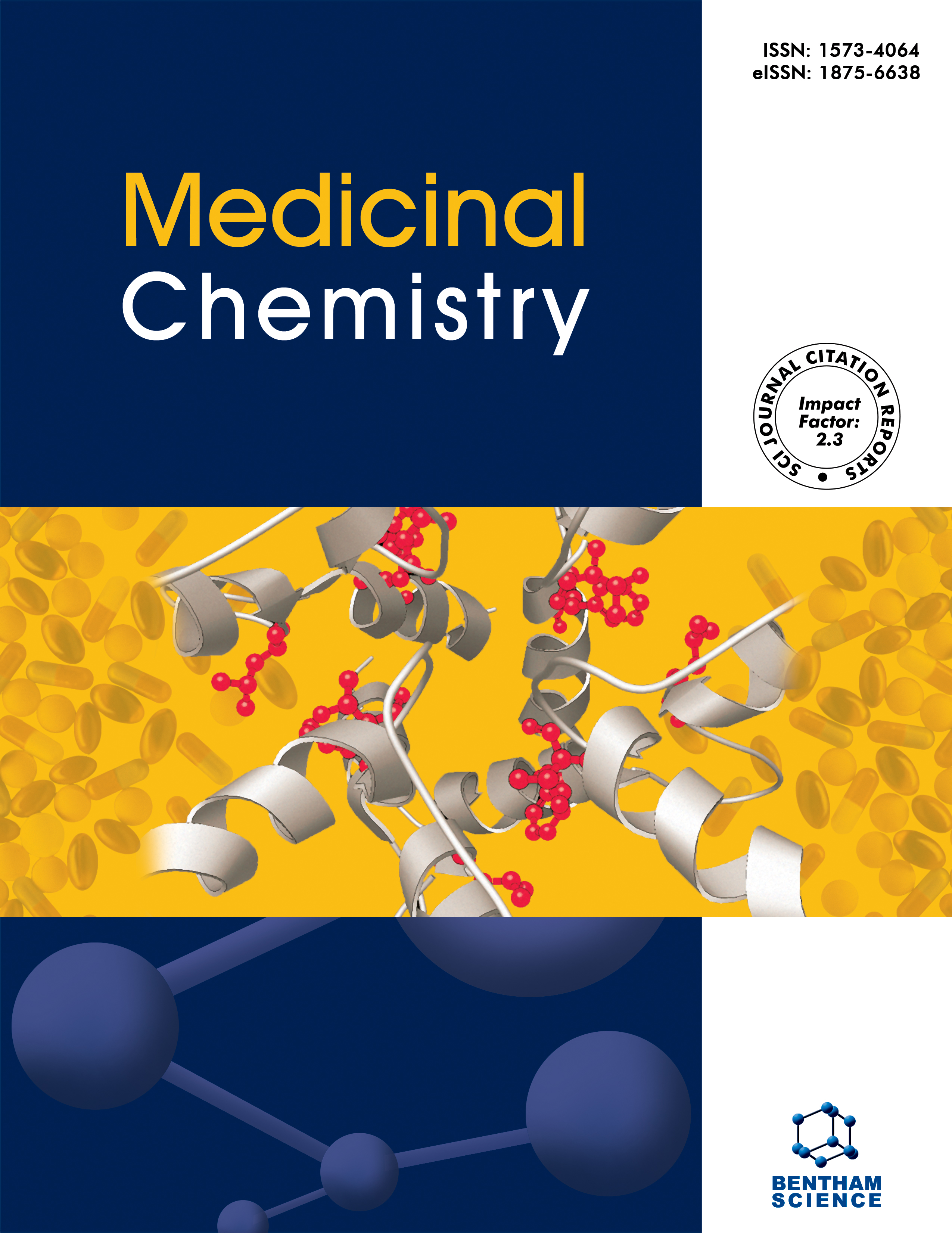-
oa Day/Night and Summer/Winter Changes in Serum Total Antioxidant Capacity
- Source: Medicinal Chemistry, Volume 14, Issue 3, May 2018, p. 225 - 229
-
- 01 May 2018
Abstract
Background: Seasonal and circadian changes are two factors described to affect blood levels of some biological molecules. The Total Antioxidant Capacity (TAC) is one global measure of the antioxidant capacity of a system. There is no agreement about the existence of day/night changes in TAC levels as well as there is no information about seasonal changes in TAC levels. Objective: The aims of this research are studying if there are summer/winter changes in TAC concentrations or if TAC concentrations have day/night changes. Method: Ninety-eight healthy subjects took part in the summer study of whom 64 participated in the winter one. Blood was sampled at 09:00, 12:00 and 00:00 h. TAC was measured by the ABTS radical cation technique. Results are expressed in mmol/L of trolox equivalents. Results: The subjects had significantly higher TAC levels in summer than winter at the three-time point studied. Summer 09:00 TAC concentration was significantly higher than the 12:00 and 00:00 h concentrations (1.34±0.26 vs 0.83±0.19, 0.75±0.18). Summer TAC 12:00 h concentrations were significantly higher than the 00:00 h concentrations (0.83±0.19 vs. 0.75±0.18). Winter 09:00 TAC concentrations were significantly higher than the 12:00 and 00:00 h concentrations (1.24±0.16 vs. 0.73±0.10, 0.67±0.13). There were no significant differences between the 12:00 and 00:00 h TAC concentrations. Conclusion: Strong methodological biases may be made if the seasonal and circadian changes in serum TAC concentration are not taken into account when researching in this area.


